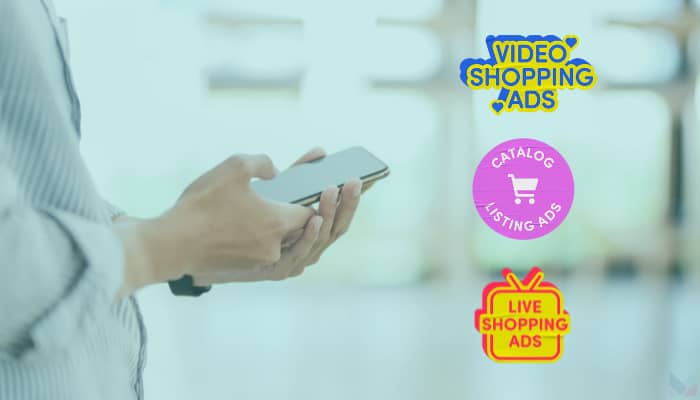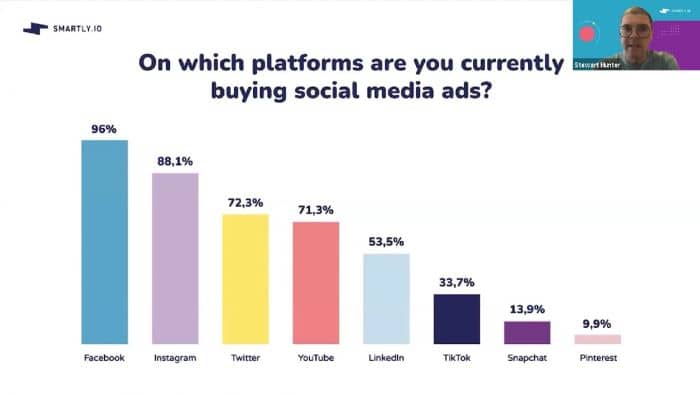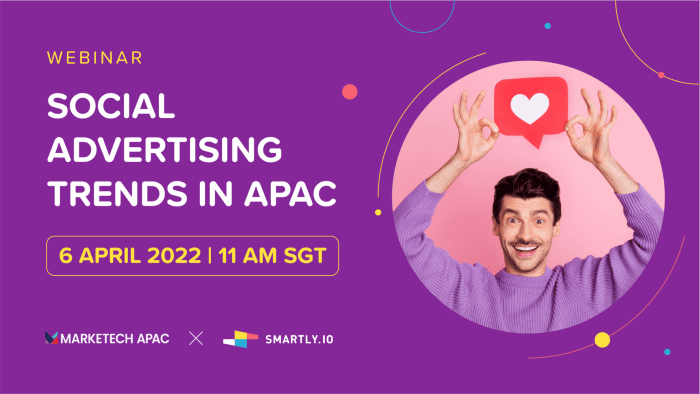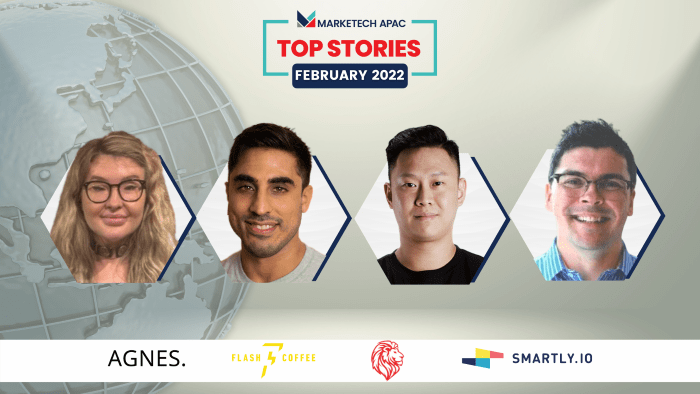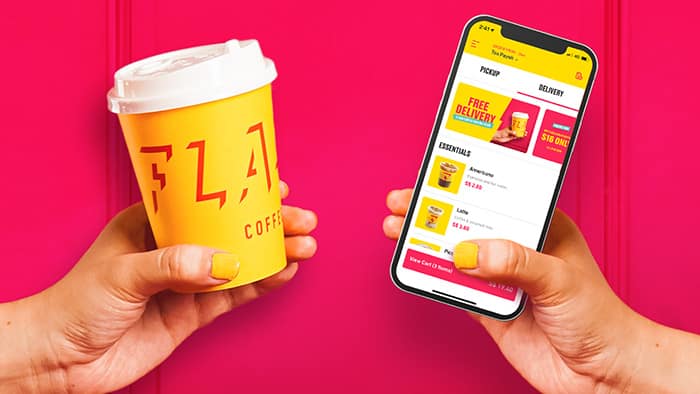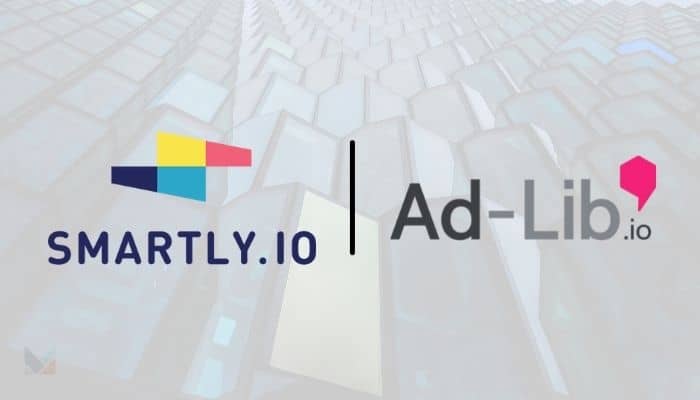TikTok has recently powered up its social commerce value proposition to brands, launching a suite of three ad solutions called Shopping Ads. Identifying brands’ most pressing needs when it comes to using the platform for product and brand marketing, TikTok developed new formats to address these pain points, namely – Video Shopping Ads, Catalog Listing Ads, and Live Shopping ads.
In fulfilling its mission of becoming a reliable partner for brands and their business, TikTok has integrated digital enablers to help brands successfully put their consumer engagement in place – and for the newly launched Shopping Ads – TikTok has tapped Smartly.io as its first-to-market campaign and ads partner.
TikTok Shopping Ads is a smarter and simplified solution that drives maximum impact by mixing the best of TikTok’s existing e-commerce advertising products with new tools. As TikTok’s first-to-market campaign and ads partner, Smartly.io will be supporting brands in its Video Shopping Ads and Catalog Listing Ads formats.
Smartly.io will empower brands with the tools and automated workflows needed to enable scale, optimisation, and testing to drive real results that take their TikTok Shopping Ads to the next level. The social advertising platform will be supporting the creative and campaign creation and management process for Video Shopping Ads and Catalog Listing Ads.
When TikTok rose to the top of its game, it hadn’t originally been seen as a channel to discover consumer products, but instead as mainly a social media platform for bite-sized entertainment. Khush Karai, the APAC Marketing Lead of Smartly.io, believes the tipping point has been the pandemic.
She said that the pandemic accelerated peoples’ reliability on social media, and TikTok most especially for its unique format, the short-video platform naturally evolved to be an essential part of consumers’ buyer journey.
“TikTok’s popularity has steadily increased over the years and gained a strong fanbase. As it became the world’s most visited website last year, brands and advertisers started to plan how to include TikTok in their social advertising mix,” said Karai.
Another strong factor in the transformation of consumers’ purchase journey would be TikTok’s unique ‘For You’ page which enables personalisation, bringing the most curated and suited content for a specific user. Through this experience, users had quickly grown to see TikTok as a source to discover something new, whether that’d be relevant content or products to buy.
The ‘For you’ page, in line with commerce, will become even more valuable for both consumers and brands with the latter afforded the new Shopping Ads solution.
With Smartly.io, brands are able to scale, optimise, and test their Shopping Ads to drive performance. According to the platform, they have observed that 86% of customers saw performance lift for test campaigns against core performance metrics. Together with its strong partnership with TikTok and years of expertise with leading brands and advertisers, Smartly.io can be a strong strategic partner to help brands ace their paid social game on TikTok.
Why brands must start testing now for TikTok Shopping Ads
“Right now is actually just the perfect time,” said Karai.
As brands and advertisers gear up for the upcoming festive period and the holiday shopping season, brands must now take the time to test these formats and see what works best. These ads are perfect opportunities for brands looking to launch new products during the holiday season, and with these use cases in mind, brands can plan ahead.
Smartly.io, the new TikTok ads partner, also gives a tip right off the bat – use Shopping Ads with Triggers. In this way, brands can create assets in advance and schedule campaigns to start and end on particular dates, which can be during the Mega Sales Days. This will be largely useful in the South East Asia region, as we’ll see an uptick in campaigns over the Mega Sales Days and this is a great way for brands to stand out from their competitors.
Karai says that the new commerce solutions from TikTok show the extent to which social media can influence consumer behaviour today. Smartly.io has been sharing its predictions about the ever-evolving consumer behaviour and strongly advises brands to adopt the multi-platform strategy. Within this strategy emerges the need to leverage the high-level traction of TikTok.
TikTok’s Shopping Ads offer a one-stop solution for brands to drive e-commerce sales and allows them to meet shoppers along the purchase journey – from content to cart.
Smartly.io’s solution for TikTok Shopping Ads enables seamless campaign management, bulk optimizations, reporting, and creative automation. Advertisers have access to automated workflows that help them to enable scale, optimise, and test ads that drive results and connection.
Visit Smartly.io for more details.

